What is Lime Zest and How Do I Zest A Lime?
I received an email from a visitor asking about “lime zest” – what is it, and do I mean “pulp”?
Lime zest refers to the outer, colored part of the lime peel. The thin, outermost layer of the lime skin contains the essential oils and intense citrus flavor. To obtain lime zest, you can use a tool called a zester, a fine grater, or even a Microplane to carefully remove this outer layer without including the bitter white pith underneath.
Lime zest is often used in cooking and baking to add a burst of citrus flavor to dishes, such as desserts, marinades, salads, and beverages. It can be a versatile ingredient, offering various recipes a bright and tangy element.
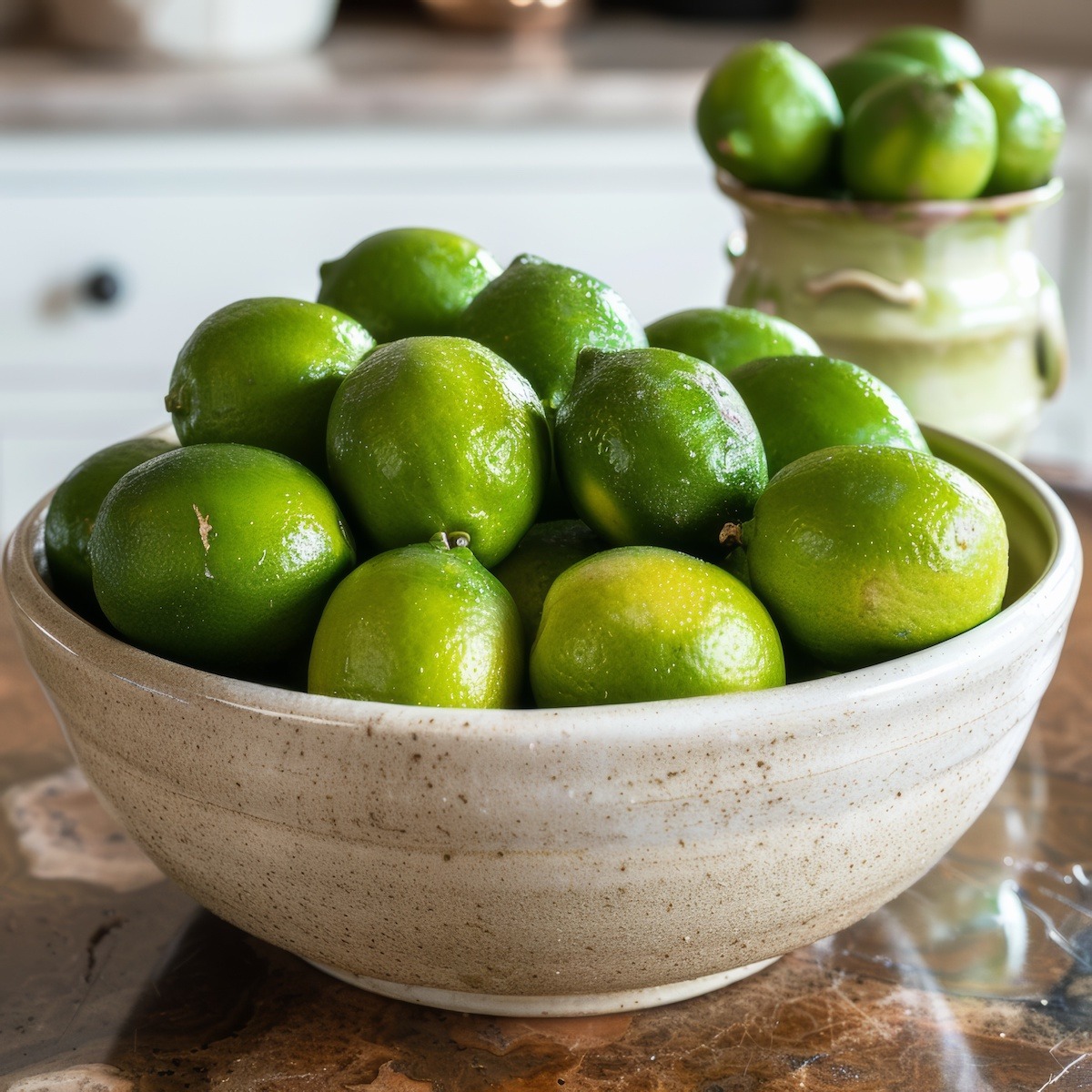
How To Zest a Lime
Zesting a lime is a simple process that involves removing the colored outer layer of the peel while leaving the bitter white pith behind. Here’s a step-by-step guide on how to zest a lime:
- Wash the Lime: Start by thoroughly washing the lime under running water to remove dirt or residues.
- Select a Zesting Tool: Choose a zesting tool such as a microplane, fine grater, or citrus zester. These tools have small, sharp holes that can easily remove the outer layer of the lime peel.
- Position the Lime: Hold the washed lime firmly in one hand. If you’re using a microplane or grater, place the tool over a cutting board to catch the zest.
- Zest the Lime: Gently run the zesting tool over the lime, applying light pressure. Move the lime across the tool’s surface, rotating it as needed to zest the entire outer layer. Be careful not to press too hard to avoid including the bitter white pith.
- Rotate the Lime: Rotate the lime to expose different sections of the peel. Continue zesting until you have collected the desired amount of lime zest.
- Collect the Zest: If you’re using a microplane or grater, you’ll notice the zest collecting on the surface. Use a knife or spoon to scrape it off and transfer it to a bowl or directly into your recipe.
Remember to zest only the colored part of the peel, as the white pith can be bitter. Lime zest adds a bright and citrusy flavor to various dishes, so feel free to experiment with it in both sweet and savory recipes.
Tools for Zesting Limes
- Microplane Grater/Zester: A microplane grater is a popular tool for zesting limes and lemons. Its fine, sharp holes allow for the easy removal of the outer zest while leaving behind the bitter white pith. I use one mostly for grating garlic and ginger, but it works great for zesting. It’s like using a carpenter’s rasp but only smaller, sharper little holes. You don’t get the clean filaments like you do with a conventional zester, but it works just as well in the end.The Microplane Grater/Zester above sells for about $15 bucks and is also available at Amazon.com.
- Citrus Zester: A citrus zester is a specialized tool designed specifically for zesting citrus fruits. It typically has a handle and a curved, serrated edge that easily removes the zest in thin strips. The Black Handled Citrus Zester above is from OXO is a good one and available at Amazon.com. It sells for about $8.00
- Box Grater: A box grater with a fine grating surface can be used to zest limes and lemons. Rub the fruit against the fine side of the grater to collect the zest.
- Vegetable Peeler: While not as precise as some other tools, a vegetable peeler can be used to peel thin strips of zest from limes and lemons. Take care to avoid including the bitter white pith.
- Knife: A sharp knife can also be used to zest limes and lemons. Carefully cut away the colored outer layer of the peel, avoiding the pith, and then finely chop the zest.
When using any of these tools, it’s important to be gentle and avoid pressing too hard to prevent the bitter white pith, which can affect the flavor of the zest. Choose the tool that best fits your preference and the requirements of your recipe.
Whether you use a zester or a peeler, you have to finely chop the zest before adding it to the dish. To be completely honest here, I have never had much success with a conventional zester and opt for my Microplane or vegetable peeler, although I do have a zester in my kitchen drawer along with every other gadget available to home cooks who like kitchen toys.
By the way, fruit pulp is the soft, moist part of a fruit or the fleshy part of a plant remaining after all the juice has been extracted.

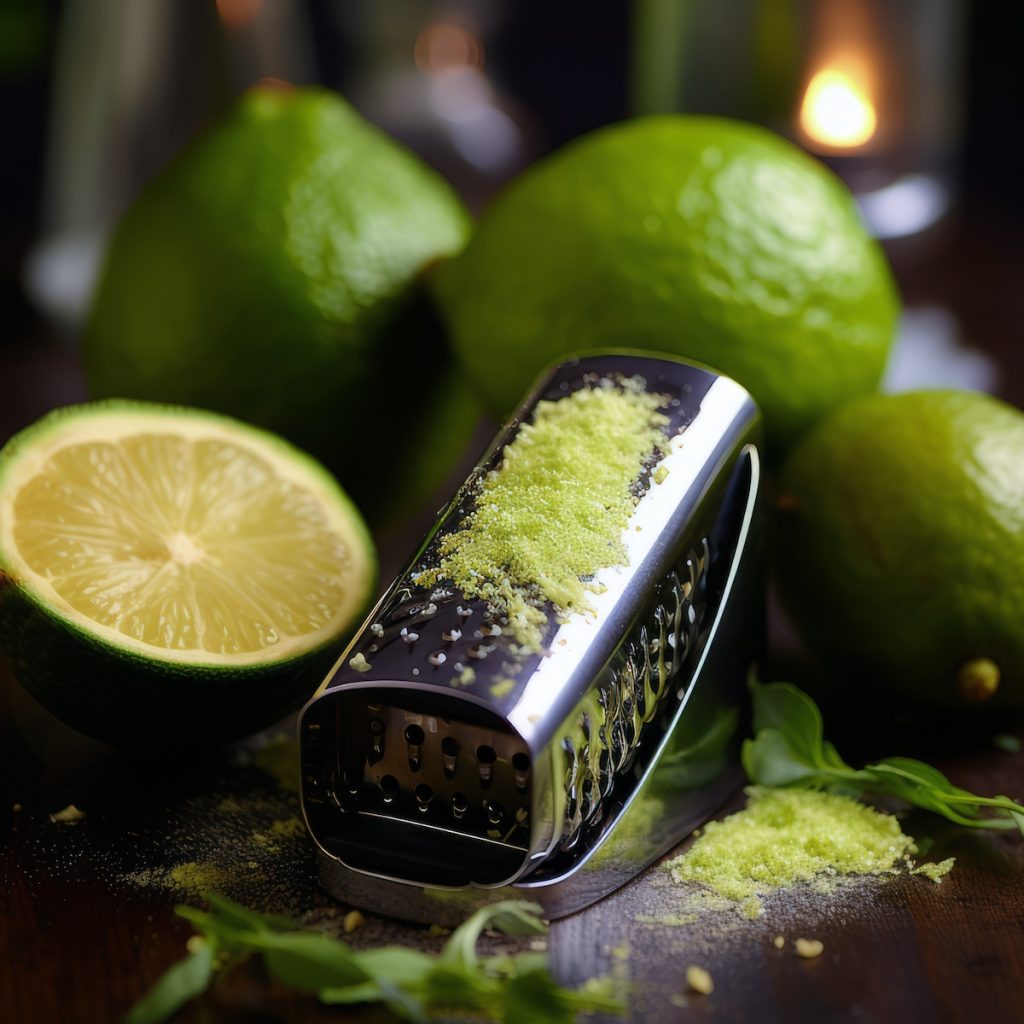




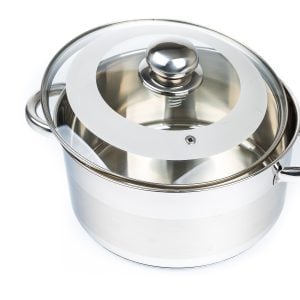
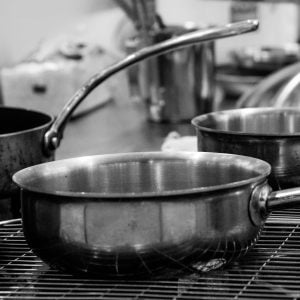
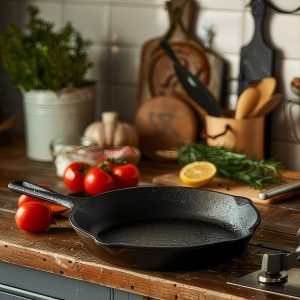
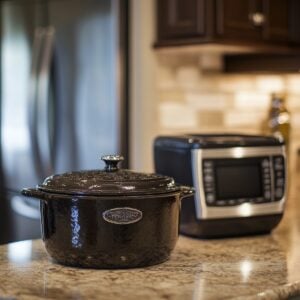
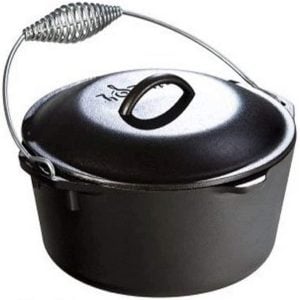
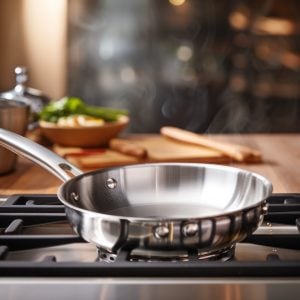
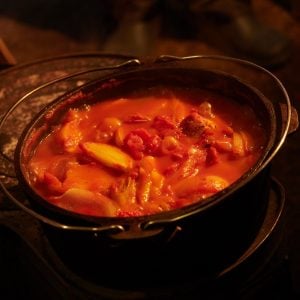
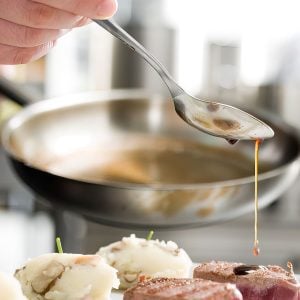


3 Responses
Thank you for clearing that up! I didn’t know what Zesting was till now.
Megan, you are very welcome. Thanks for coming by.
When I zest my limes, I let it dry in a dish before putting it in a jar, so that it does not mold. But when I taste it there does not seem to be any flavor.